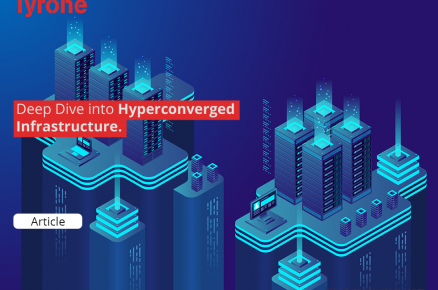Sustainability is a multidisciplinary effort that incorporates science, economics, academics, philosophy, politics, and many other aspects, including technology. It’s a matter that’s critical to our planet’s future, and it’s up to every one of us to figure out what we can do to lessen our carbon footprints. The good news in ICT is that many trends are heading in the right way. Reduced toxic and hazardous components in phones and computers are beneficial, as are Energy Star hardware ratings and utility rebates for best practice usage. However, the uber-trend toward cloud computing is possibly the most significant and least acknowledged of them.
The cloud is beneficial to businesses in various ways, but how is it also beneficial for the environment?
It is the ultimate shared model in which we always adhere to the motto “Reduce, Reuse, Recycle.” It also has a high degree of use because it is built on a shared-grid concept and can be used for a wide range of tasks.
Cloud service providers (CSPs) typically operate extremely efficient data centers with cutting-edge heating, ventilation, and air conditioning. CSPs employ renewables more extensively, upgrade servers for the latest green models more frequently, investigate their value chains, and remain up to speed on waste management guidelines and best practices. As global businesses, they understand the value of sustainability in terms of consumer and employee perceptions: green is an ace card for employing a generation who grew up with sustainability and ecology as part of the curriculum. Getting to net-zero is a near-term goal for cloud firms, and it makes both commercial and ethical sense for them to do so.
Advantages of migrating to the cloud.
The advantages of migrating to the cloud aren’t minor, and they may provide some startling figures. According to a study done by the Lawrence Berkeley National Laboratory, If the United States of America moves all its employee email, CRM, and productivity tools to the cloud they would save enough electricity to power the city of Los Angeles (as big as Lucknow), with application energy usage reducing by 87 %.
This is critical because data centers can be energy hogs, and the UK Environmental Protection Agency predicts that while data centers accounted for 1.5 % of total national electricity consumption in 2019, that figure is set to multiply, and by 2020, data centers will outnumber the aviation sector in terms of footprint. Given what has occurred to air transport, one may safely infer that data centers have virtually – if not entirely – surpassed the energy demand of the aviation sector.
According to researchers in Sweden, data center power consumption would grow to 8% of overall usage by 2030. In general, according to 2020 research from McMaster University in Ontario, Canada, ICT would account for 14 % of world energy consumption by 2040, up from 1.5 % in 2007.
However, caution is advised in this situation. ICT may consume a lot of energy, but it frequently substitutes considerably more energy-intensive tasks and allows us to build a significantly cleaner future. We require fewer factories, less travel, fewer combustion engines, and other fossil-fuel-dependent phenomena as a result of digitization. During the pandemic, video conferencing alone made a significant difference in air quality and carbon emissions. Smart cities and the Internet of Things (IoT) promise to usher in a new era of efficiency. Cloud computing is also driving supercomputing initiatives to combat climate change and other environmental issues. Try breathing in the lovely air of rural areas and then comparing it to a manufacturing powerhouse with the mix of coal combustion, vehicle traffic, chemical conversion, and industrial dust to see how being software-centric in our approach helps us all.
Is cloud computing a workable option?
And cloud computing is undeniably a viable option. According to IDC, cloud computing will save a billion metric tonnes of carbon by 2024. Much of this will be provided by hyper-scale providers, although even smaller clouds will be more efficient than individual data centers. A County in the USA achieved a six-fold reduction in carbon footprint in data center operations by implementing a highly virtualized private cloud.
A growing amount of data suggests that performing sustainably correlates with corporate success. Accenture determined that firms with consistently excellent environmental, social, and governance performance had 4.7 times greater operating profits and decreased business volatility than low performers between 2013 and 2019. Cloud migration, according to the consultancy business, may result in a 65 % decrease in energy usage and an 84 % reduction in carbon emissions. However, not all clouds are created equal, and Accenture also stressed the necessity of application optimization and software engineering processes in maximizing the benefits of cloud migration.
Conclusion
Of course, the cloud is only one part of what has to be done to safeguard the environment, and businesses should surely examine their business travel policy, supply chains, and logistical operations. However, by better using the cloud for digital requirements, you are not only obtaining the well-known productivity gains and reducing expenses but are also assisting your company in being carbon-neutral, a better corporate and a more appealing brand. Finally, you will be doing your part in the sustainability of our planet.












